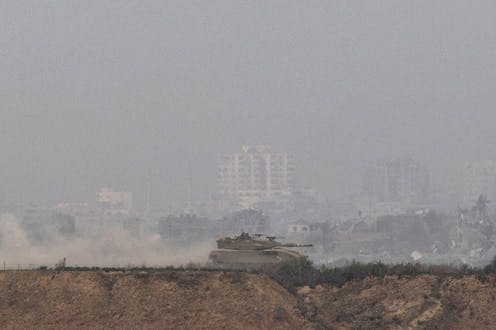

Authors: Nita Prasad, Professor of History, Quinnipiac University
Read more


